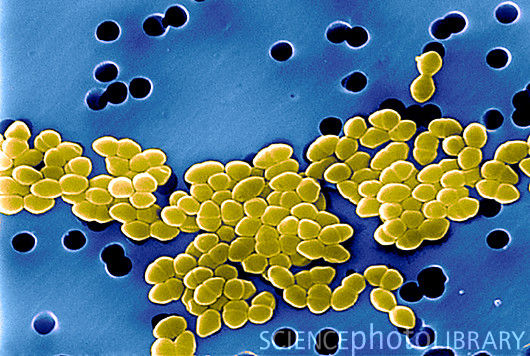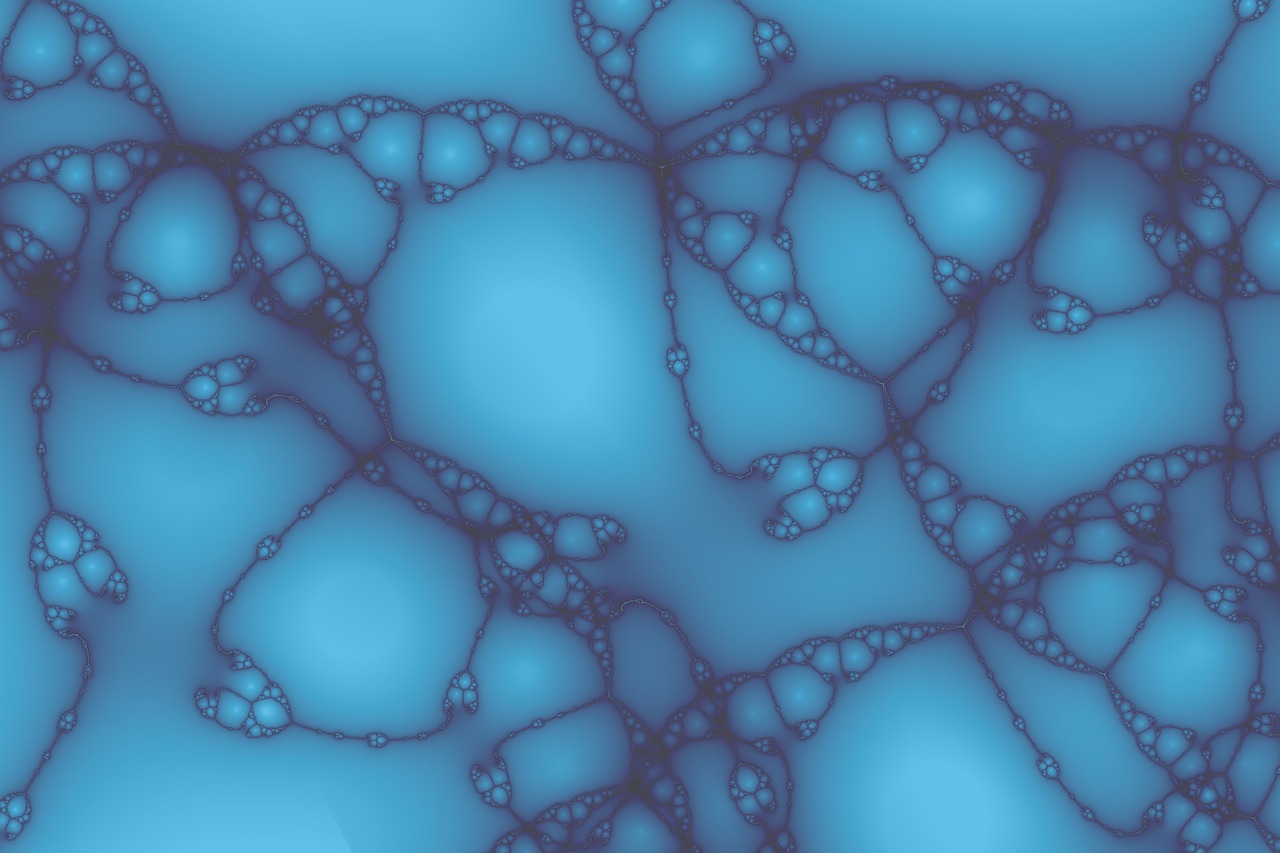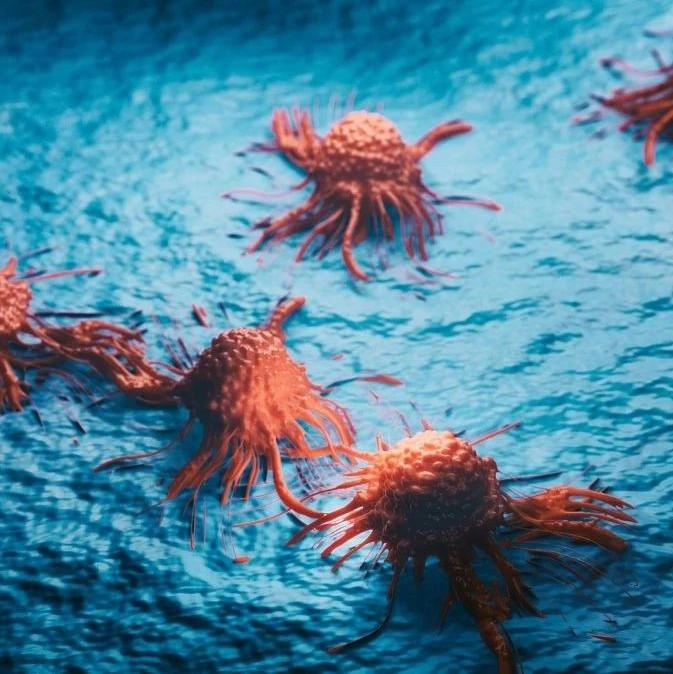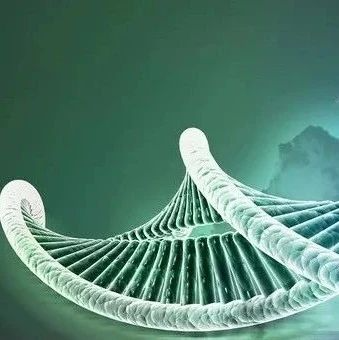据美国物理学家组织网8月24日报道,美国斯克里普斯研究所科学家对一种重要的天然抗生素——万古霉素(vancomycin)成功进行了改造,使其能杀死变异的致命性耐抗生素细菌。这种再造抗生素有望将来用于临床,治疗那些感染了高耐药性细菌的病人。更重要的是,再造抗生素的合成方法为人们攻克多种变异耐药菌带来了希望。该研究发表在《美国化学协会会刊》网站上。

在临床上,只有病人感染了耐甲氧西林金黄色葡萄球菌(MRSA)或对青霉素、先锋霉素过敏时才用万古霉素来治疗。万古霉素上世纪50年代开始使用,80年代发现了第一种它的耐药菌。它能抢占细菌制造其细胞壁的一种必须原料肽聚糖,让细菌无法得到它们而死亡。但变异细菌能表达出肽聚糖的变异体,改变其中一个关键原子,将肽聚糖化学式中的一个酰胺变成一个酯。
分子之间的作用就像磁铁,也存在吸引和排斥。曾经最吸引万古霉素的位置现在让它们最排斥,就无法识别这种变异的细菌。研究人员所做的就是控制功能分子的相互作用,让它们不再排斥,而是相互吸引。
斯克里普斯研究所化学教授戴尔·博格说,这种再造抗生素是天然抗生素万古霉素的仿制品。该研究尽管还处于初级阶段,只是设计出了功能分子,但显示出很多超前性。
他们按照功能分子的化学性质,改变了万古霉素核心结构中关键位置的分子。然后在余下4个氨基上做相关修饰,比如接上脒作为识别变异肽聚糖的功能分子团。改造后的抗生素能重新抢占变异后的肽聚糖,再次让耐药菌无法得到制造细胞壁的原料,从而杀死它们。最关键的是,这些再造抗生素还保留了与原生态肽聚糖结合的能力。
与现有的多步骤生产过程相比,新方法在最后一步接上功能分子脒,成为一种单步化学反应,这是一种最简单直接的方法。“从合成化学角度而言,这种简化合成方法也是一大突破。”论文第一作者、博格小组研究生谢建(音译)说。该方法已经被证实可在实验室规模生产这类再造抗生素。
研究人员还指出,这种人工再造的抗生素在对抗人类最严重的耐药菌方面有很大潜力。新研究显示了治疗超级细菌感染的下一代抗生素发展方向,具有重要的临床意义。
生物探索推荐:
生物探索推荐英文论文摘要:
Thermodynamics of Interactions of Vancomycin and Synthetic Surrogates of Bacterial Cell Wall
Glycopeptide antibiotics, including vancomycin, form complexes via a set of five hydrogen bonds with the acyl-l-Lys-d-Ala-d-Ala portion of the peptidyl stems of the bacterial cell wall peptidoglycan. This complexation deprives the organism from the ability to cross-link peptidyl stems of the peptidoglycan, leading to bacterial cell death. Four synthetic fragments as surrogates of the components of the bacterial cell wall have been prepared in our lab in multistep syntheses. These synthetic samples were used in investigations of the thermodynamics properties (ΔG°, ΔH°, and TΔS°) for the complexation with vancomycin by isothermal titration calorimetry (ITC). Complexation with the glycopeptide analogues is largely enthalpy-driven (formation of five hydrogen bonds), and in the analogues with a single peptidyl stem, the complexation is 1:1. The complexation is more complicated with an approximately 2 kDa cell wall surrogate (compound 4), which possesses two peptidyl stems. The data were suggestive of interactions between the two vancomycin molecules, with an entropic penalty attributable to restriction of molecular movements within the complex due to restriction of motion of the highly mobile acyl-d-Ala-d-Ala moiety of the peptidyl stems. These data were reconciled with the recently determined NMR solution structure for the peptidoglycan fragment 4 and its implications for the larger cell wall.







